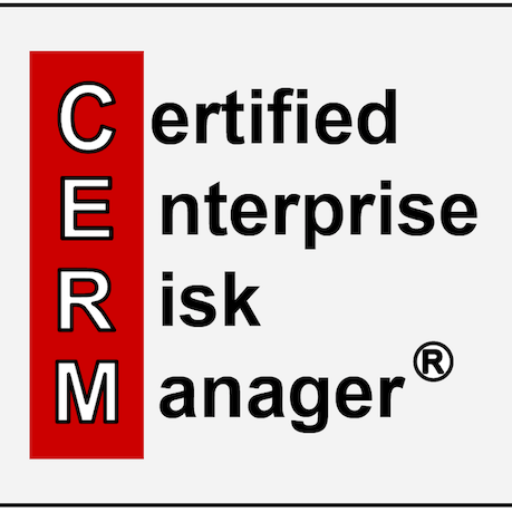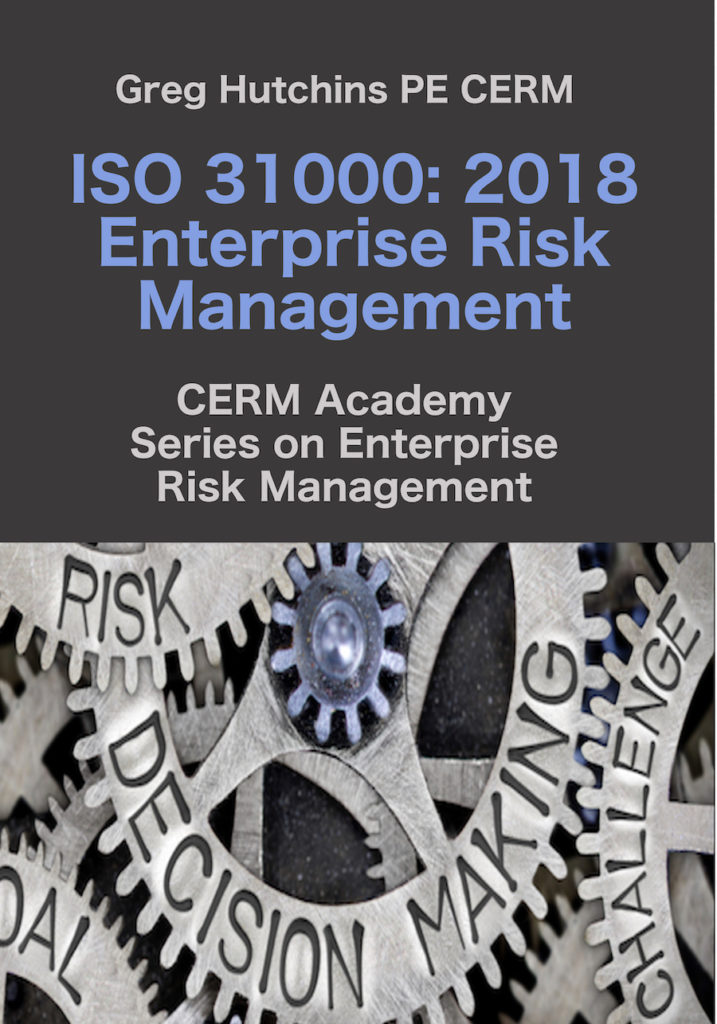Enterprise Risk Management (ERM) follows the principles outlined in the COSO and ISO 31000:2018 ERM frameworks. ERM is now deployed frequently in commercial, government, healthcare, non-profit and security operations. ERM is also a requirement for all many departments and agencies. Why? Risk management is now considered a core skill for all professionals as CEO’s spend more time focusing on operational, supply chain, and cyber security risk management – all of which can have material impacts on the organization. ERM concepts are also being integrated into new ISO, COSO, NIST, and ANSI standards, such as ISO 27K, ISO 28K, and NIST 800 – 37. The ERM reference book for consulting and workshops is ISO Risk Based Thinking (420 pages).
The topics covered include: risk taxonomy, risk management frameworks, risk capability maturity models, internal controls, and COSO framework. Participants will architect an ERM for identifying, classifying, assessing, and controlling operational risks and planning/deploying risk mitigation strategies for the identified risks.
Consulting or workshop is intended to introduce professionals to new perspectives on Risk Based Thinking; risk based, problem solving; and risk based, decision making. Participants will learn first-hand forensic, assurance, and analytical risk tools that Q+E has been implementing for more than fifteen years.
The ERM domain helps participants to understand and develop enterprise risk management skills and apply what they have learned to real life ERM projects. Participants will learn how to architect a risk control framework.. Participants will learn why management is adopting and developing a portfolio view of multiple views of risk controls within their organizations and into the supply stream.
Learning Objectives:
- Learn how to architect opportunity (upside risk) options and consequence (downside) risk options.
- Understand and develop risk management skills related to ERM, concepts, vocabulary and principles in accordance with the COSO/ISO ERM frameworks.
- Appreciate the value of the COSO/ISO ERM frameworks as a reference framework for identifying events and being able to meet business objectives.
- Acquire the necessary knowledge and competence to implement the COSO/ISO ERM frameworks.
- Identify risk tolerance and appetite for risk based, problem solving and risk based, decision making.
- Develop an accurate risk register.
- Assess, quantify risks, risk controls, and risk appetite using COSO/ISO risk frameworks.
- Prepare appropriate enterprise level, risk response (treatment) strategies to mitigate risks, control risks and maximize opportunities within the enterprise’s risk appetite.
- Develop a ‘Next Steps Strategy’ to implement enterprise risk management at the 1. Enterprise level; 2. Programmatic/Project/Process level; and 3. Product/Transactional level.

